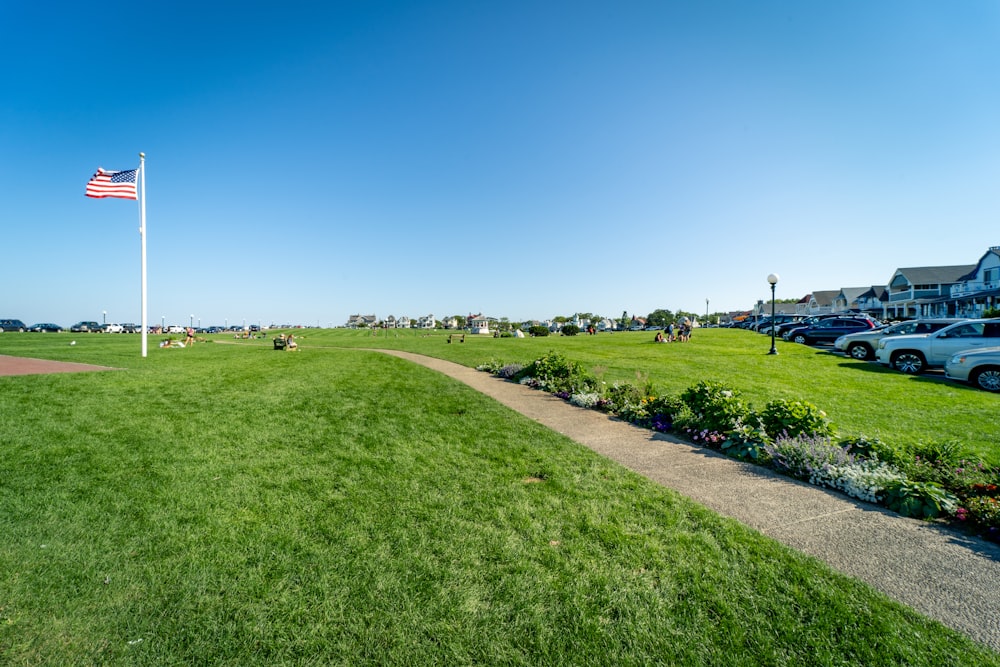How to Find, Get and Set Up granite Links One of the most important natural stone material in your home is granite. Granite can be found in many different shapes and sizes, so how do you know which material will work best in your home? Read on for more information about granite links, and find out how to get started on a project that’s perfect for your home.
Nature has given us all the pieces required to achieve exceptional wellness and health, but has left it to us to put these pieces together. You can request publication of your article for publication by sending it to us via our Email below. Click here to start business now with businesshab.com
granite links: How to Find, Get and Set Up granite Links
There are a variety of types of granite. Some have been used for thousands of years, while others have only been in use for a few decades. The type that’s right for you will depend on your area of need and how much information you can easily find online.
If you’re ready to get started with making the most of your home or business, check out these top-notch tips on how to find, get and set up granite links:
granite links: How to Find, Get and Set Up granite Links
You’ve probably heard of granite. It’s one of the most widespread and important natural resources in the modern world. Granite is a type of sedimentary rock that’s found beneath much of Northern and Western Europe and Asia. Granite is a very hard, silicate mineral with rich amounts of iron. When combined with carbonate minerals such as limestone or magnesia, it forms Waal granite, which has a high concentration of magnesium. This makes it extremely dense and strong. Granite also contains traces of silver, lead, zinc, calcium and magnesium. But what exactly are granite links? How can you find them? And do they really exist? Read on to know more! Granite links are curved pieces of granite that have been carved into various shapes at quarry sites across the world. For example, they might be used as stepstones leading down to another piece of rock or else they may be used for reinforcement in construction projects. The term “gravel link” is also sometimes used to refer to these naturally occurring links (click here for details).
What is a granite link?
A granite link is a piece of granite that curved and shaped by nature, without human help. A granite link can be a natural mineral formation, a man-made structure, or even a combination of both. The term comes from the fact that these links formed due to the weight of ocean waves eroding away the exposed bedrock. Granite links can be found in many forms. Some are visible, some are not, and some are a little deceptive. You should be able to find them if you look hard enough.
How to find granite links
The best place to start your search for granite links is with your feet. Walking around a granite surface, you’ll notice that it feels different from how other materials feel. This is because the weight of your feet causes the layers of rock to compress, creating a unique sound that you can hear. You should also pay particular attention to the frequency at which the rocks are moving. While some granites move relatively easily on the surface, others are much less amenable to motion. It’s these rocks that make up the bulk of a granite link.
How to set up granite links
Pricklygranite – While the base of this link is a silicate rock, its upper part is a different type of rock called a peridotite. This upper part of the link is made up of bits of different minerals like nickel and molybdenum. NiMov – To create a granite link with a high concentration of manganese, you need a peridotite rich in manganese. In this case, you’d create a granite link that’s known as a NiMov.
How to care for natural stone
Granite is a very hard, silicate mineral with rich amounts of iron. When combined with carbonate minerals such as limestone or magnesia, it forms Waal granite, which has a high concentration of magnesium. This makes it extremely dense and strong. Granite also contains traces of silver, lead, zinc, calcium and magnesium.
Different types of granite links
Granite links can be categorized based on their shape. There are square links, triangular links, hexagonal links and octagonal links. You’ll also sometimes see curly and knotted links. Square links are the most common and are used for stepstones and reinforcing links. They tend to be square because the weight of the rock is pushing down on one side of the stone, forming a square depression. Triangular links are used for towers, walls and other architectural structures, as they provide an excellent method for reinforcing steel cable. Hexagonal links are popular for fencing because of their rustic charm. OCTagonal links are a little more complex and lend themselves to decorative or functional use. They’re also known as square octagons and have a hexagonal base with an octagonal upper section. Curly and knotted links are less common and tend to be used as decorative links. Curly links are more popular in Europe, while knotted links are more common in Asia.
Final words
Granite links are often found in the form of natural stone. While it’s possible to find links made of concrete, the type of rock required is different and often less suitable for residential construction. Whether you’re building a home or a business, you’ll want to ensure that the links you choose are durable, blend well with the rest of the property and can handle the weight of whatever comes next in your development.

Leave a Reply